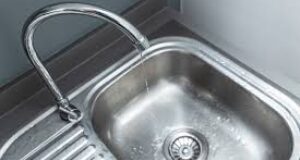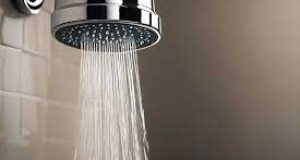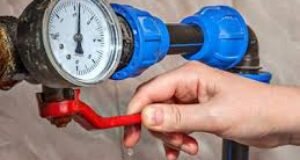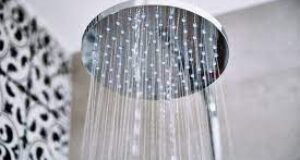Water is a vital resource essential for daily activities such as drinking, cooking, bathing, and cleaning. For convenience, most homes are equipped with pipelines that deliver water directly. However, low water pressure in the house is a common problem that can be highly frustrating if not addressed promptly. Identifying the root cause and resolving the issue quickly is crucial to restoring normal water flow.

Common Causes of Low Water Pressure
Leaks in the Plumbing System: Even a minor leak can reduce water pressure significantly.
Clogged Pipes: Over time, mineral deposits and debris can accumulate, restricting water flow.
Partially Closed Valves: Valves that are not fully open can reduce water pressure.
Faulty Pressure-Reducing Valve: A malfunctioning valve can disrupt the flow and pressure of water.
Peak Usage Times: Using water during high-demand hours, such as early mornings or evenings, may lead to temporary pressure drops.

Troubleshooting Low Water Pressure
Check the Water Pressure Throughout the House
Test all faucets and fixtures to determine if the problem is localized or affects the entire house.
Use both hot and cold water to identify whether the issue is with the water heater or the main supply.
Inspect the Water Shut-Off Valve
Ensure it is fully open, as a partially closed valve can limit water flow.
Examine the Pressure-Reducing Valve
If it’s damaged or misadjusted, it may need repair or replacement.
Test for Leaks
Look for visible leaks around pipes, faucets, and toilets.
Check the service meter by turning off all water usage in the house. If the meter continues to run, there’s likely a leak in the system.
Clean or Replace Faucets and Showerheads
Sediment buildup can clog faucets and showerheads, reducing water pressure.
Soak these fixtures in vinegar to dissolve mineral deposits or replace them if necessary.
Inspect the Pipes
Pipes with a narrow diameter may restrict water flow. Upgrading to larger pipes can improve pressure.
Look for corrosion or blockages in old pipes, which may require professional attention.
When to Call a Plumber
While some troubleshooting steps can be handled independently, certain situations may require professional assistance:
Persistent Low Water Pressure: If you can’t identify the cause, a licensed plumber can perform a thorough inspection.
Complex Plumbing Issues: Leaks inside walls or underground require specialized tools and expertise.
Pipe Replacement: Upgrading old or damaged pipes is best left to professionals.
Choosing a Reliable Plumbing Service
Finding the right plumber is essential for resolving low water pressure issues efficiently. Consider these tips:
Check Online Reviews: Browse customer feedback to identify reputable plumbing services.
Request Recommendations: Ask neighbors or friends for trusted local plumbers.
Verify Credentials: Ensure the plumber is licensed and insured for your safety.
Preventing Low Water Pressure
Install a water pressure booster system if you live in an area with naturally low pressure.
Low water pressure can disrupt daily routines, but with the right approach, it’s a manageable problem. Start by identifying the source of the issue using simple troubleshooting steps, such as checking valves, testing for leaks, and cleaning fixtures. For more complex issues, hiring a professional plumber ensures a long-term solution. By addressing the root cause of low water pressure, you can restore the convenience and comfort of a steady water flow in your home.
For those experiencing sudden low water pressure in the house, acting promptly and consulting experts can make all the difference.




